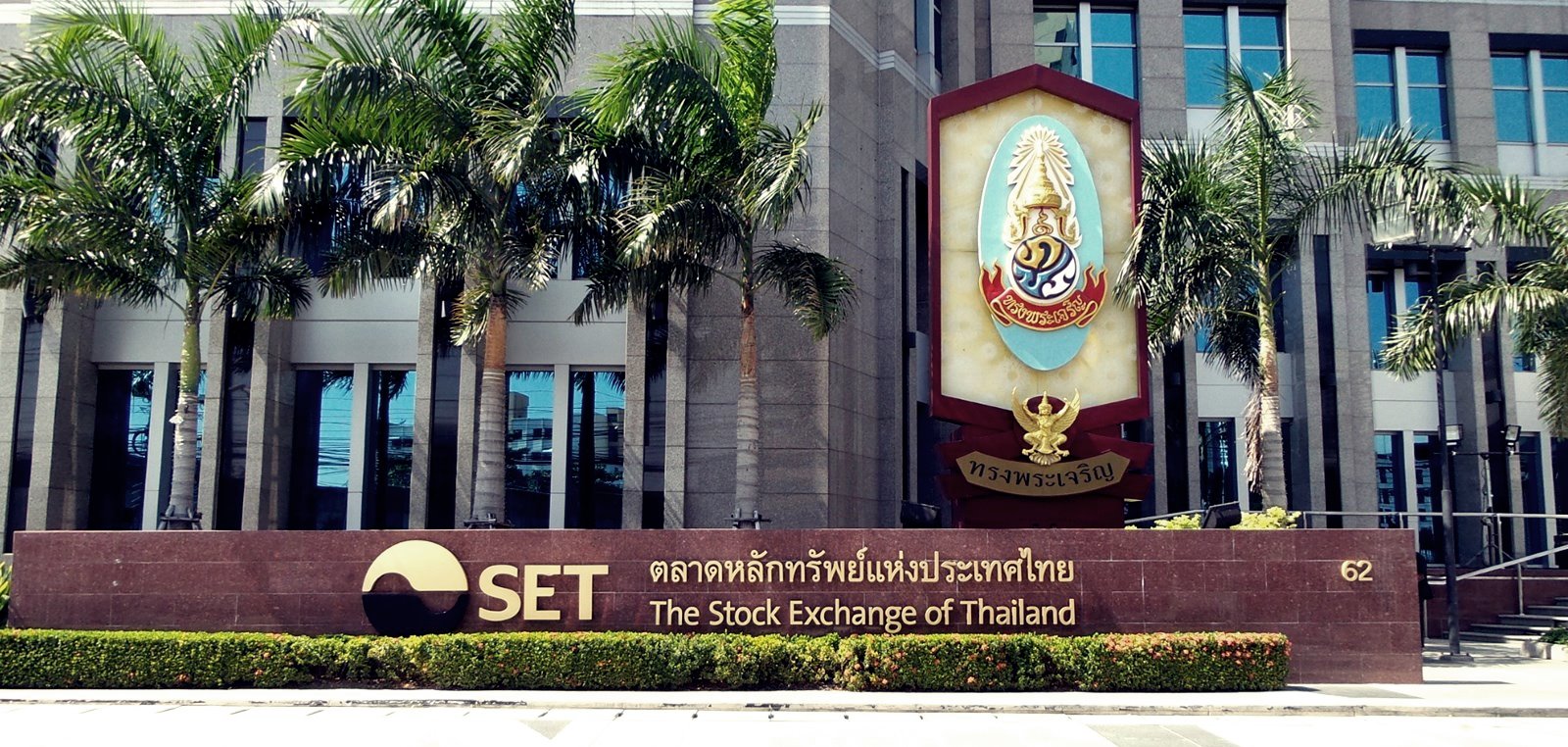In 2015, 70 million Chinese consumers traveled abroad with an average of 1.5 trips per person. While overseas, visitors spent US$104.5 billion, an increase of 12% and 16%, respectively.
Increases in personal income, the increased need for more ‘family togetherness’ relaxed visa policies and the appreciation of the RMB last year were key drivers of these increases. This year things have not been as rosy as China’s economic growth continues to decline, the RMB has been depreciating and the stock market has seen a lot of fluctuation.
However, outbound travel is expected to continue to grow as more international legs departing from China are being added and consumer confidence remains high with salaries rising and unemployment low.
According to a 2016 report by McKinsey entitled “The Modernization of the Chinese Consumer,” food and travel were identified as being two of the top categories in which consumers are most willing to spend.
Top destinations for Chinese tourists include other parts of Asia (including Australasia), Western Europe and North America. And they identify trying authentic, local cuisine as one of the most exciting experiences while traveling abroad.
TripAdvisor has become their preferred tool for searching and finding local restaurants during their stays.
And due to increasing online purchasing behavior and consumers being constantly lured by retailers offering rewards, discounts and even cash in return for their reviews, Chinese consumers are becoming more accustomed, as their western counterparts, at reviewing and rating their restaurant experiences.
Source: More Chinese traveling abroad means big opportunities for imported brands when travelers return home
About the author
Akanksha Singh is an Indian journalist based in the bustling city of Bangkok, Thailand. With a degree in Mass Communication and years of experience, she has become a trusted voice in reporting on Southeast Asian affairs.










